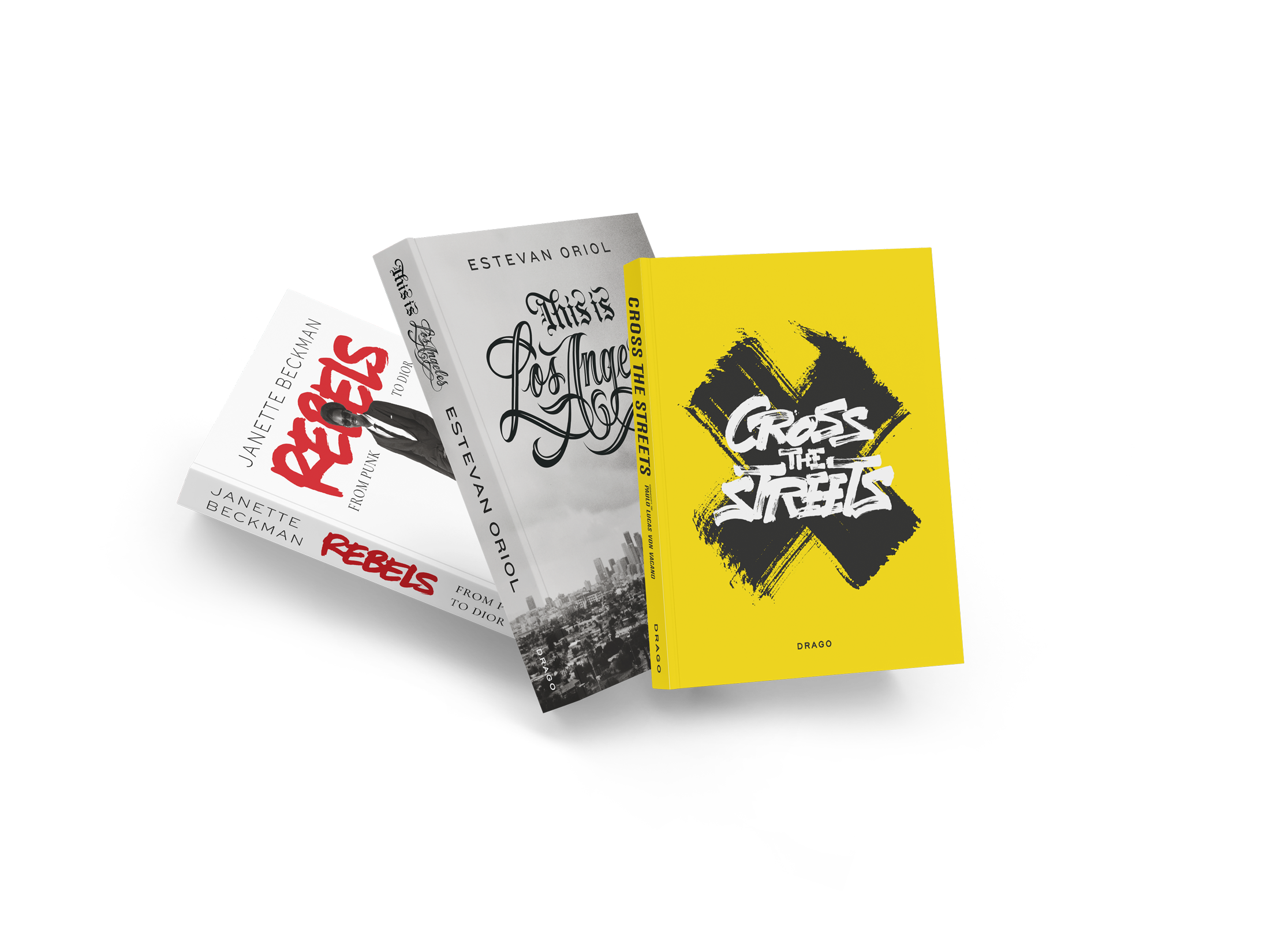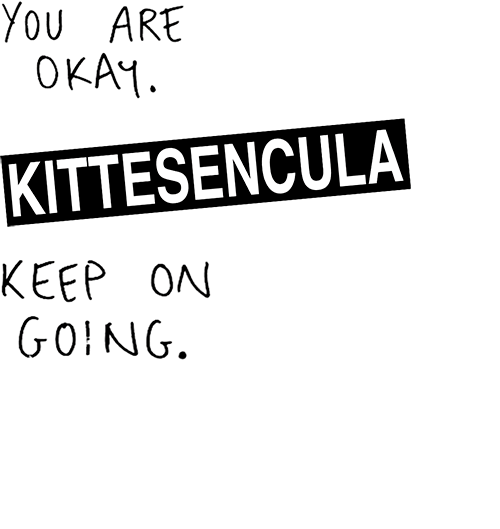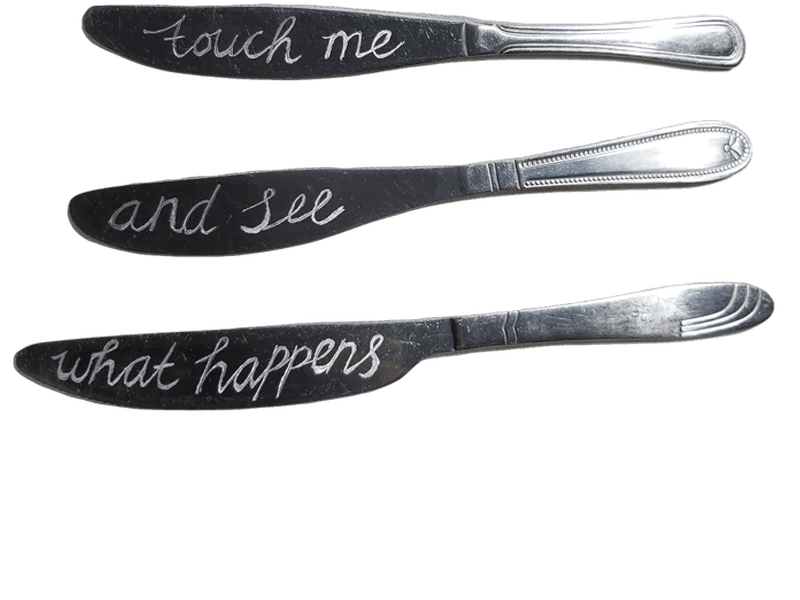
Vivian Maier (February 1, 1926 – April 21, 2009) was an American street photographer born in New York City. Although born in the U.S., it was in France that Maier spent most of her youth. Maier returned to the U.S. in 1951 where she took up work as a nanny and care-giver for the rest of her life. In her leisure however, Maier had begun to venture into the art of photography. Consistently taking photos over the course of five decades, she would ultimately leave over 100,000 negatives, most of them shot in Chicago and New York City. Vivian would further indulge in her passionate devotion to documenting the world around her through homemade films, recordings and collections, assembling one of the most fascinating windows into American life in the second half of the twentieth century.
Maier was born to a French mother and Austrian father in the Bronx borough of New York City. The census records although useful, give us an incomplete picture. We find Vivian at the age of four living in NYC with only her mother along with Jeanne Bertrand, an award winning portrait photographer, her father was already out of the picture. Later records show Vivian returning to the U.S. from France in 1939 with her mother, Marie Maier. Again in 1951 we have records of her subsequent return home from France, this time however, without her mother.
Sometime in 1949, while still in France, Vivian began toying with her first photos. Her camera was a modest Kodak Brownie box camera, an amateur camera with only one shutter speed, no focus control, and no aperture dial. The viewer screen is tiny, and for the controlled landscape or portrait artist, it would arguably impose a wedge in between Vivian and her intentions due to its inaccuracy. Her intentions were at the mercy of this feeble machine. In 1951, Maier returns to NY on the steamship ‘De-Grass’, and she nestles in with a family in Southampton as a nanny.
In 1952, Vivian purchases a Rolleiflex camera to fulfill her fixation. She stays with this family for most of her stay in New York until 1956, when she makes her final move to the North Shore suburbs of Chicago. Another family would employ Vivian as a nanny for their three boys and would become her closest family for the remainder of her life.
In 1956, when Maier moved to Chicago, she enjoyed the luxury of a darkroom as well as a private bathroom. This allowed her to process her prints and develop her own rolls of B&W film. As the children entered adulthood, the end of Maier’s employment from that first Chicago family in the early seventies forced her to abandon developing her own film. As she would move from family to family, her rolls of undeveloped, unprinted work began to collect.
It was around this time that Maier decided to switch to color photography, shooting on mostly Kodak Ektachrome 35mm film, using a Leica IIIc, and various German SLR cameras. The color work would have an edge to it that hadn’t been visible in Maier’s work before that, and it became more abstract as time went on. People slowly crept out of her photos to be replaced with found objects, newspapers, and graffiti.
Similarly, her work was showing a compulsion to save items she would find in garbage cans or lying beside the curb.
In the 1980s Vivian would face another challenge with her work. Financial stress and lack of stability would once again put her processing on hold and the color Ektachrome rolls began to pile. Sometime between the late 1990’s and the first years of the new millennium, Vivian would put down her camera and keep her belongings in storage while she tried to stay afloat. She bounced from homelessness to a small studio apartment which a family she used to work for helped to pay. With meager means, the photographs in storage became lost memories until they were sold off due to non-payment of rent in 2007. The negatives were auctioned off by the storage company to RPN Sales, who parted out the boxes in a much larger auction to several buyers including John Maloof.
In 2008 Vivian fell on a patch of ice and hit her head in downtown Chicago. Although she was expected to make a full recovery, her health began to deteriorate, forcing Vivian into a nursing home. She passed away a short time later in April of 2009, leaving behind her immense archive of work.
Often described as ‘Mary-Poppin’s’, Vivian Maier had eccentricity on her side as a nanny for three boys who she raised like a mother. Starting in 1956, working for a family in an upper-class suburb of Chicago along Lake Michigan’s shore, Vivian had a taste of motherhood. She’d take the boys on trips to strawberry fields to pick berries. She’d find a dead snake on the curb and bring it home to show off to the boys or organize plays with all of the children on the block. Vivian was a free spirit and followed her curiosities wherever they led her.
Having told others she had learned English from theaters and plays, Vivian’s ‘theater of life’ was acted out in front of her eyes for her camera to capture in the most epic moments. Vivian had an interesting history. Her family was completely out of the picture very early on in her life, forcing her to become singular, as she would remain for the rest of her life. She never married, had no children, nor any very close friends that could say they “knew” her on a personal level.
Maier’s photos also betray an affinity for the poor, arguably because of an emotional kinship she felt with those struggling to get by. Her thirst to be cultured led her around the globe. At this point we know of trips to Canada in 1951 and 1955, in 1957 to South America, in 1959 to Europe, the Middle East, and Asia, in 1960 to Florida, in 1965 she’d travel to the Caribbean Islands, and so on. It is to be noted that she traveled alone and gravitated toward the less fortunate in society.
Her travels to search out the exotic caused her to seek out the unusual in her own backyard as well. Whether it was the overlooked sadness of Yugoslavian émigrés burying their Czar, the final go-around at the legendary stockyards, a Polish film screening at the Milford Theater’s Cinema Polski, or Chicagoans welcoming home the Apollo Crew, she was a one-person documenting impresario, documenting what caught her eye, in photos, film and sound.
The personal accounts from people who knew Vivian are all very similar. She was eccentric, strong, heavily opinionated, highly intellectual, and intensely private. She wore a floppy hat, a long dress, wool coat, and men’s shoes and walked with a powerful stride. With a camera around her neck whenever she left the house, she would obsessively take pictures, but never showed her photos to anyone. An unabashed and unapologetic original.
All of the images that you’ll find on this website are not from prints made by Maier, but rather from new scans prepared from Vivian’s negatives. This naturally leads one to the issue of artistic intent. What would Vivian have printed? How? These are valid concerns, the reason utmost attention has been given to learn the styles she favored in her work. It required meticulously studying the prints that Maier, herself, had printed, as well as the many, many notes given to labs with instructions on how to print and crop, what type of paper, what finish on the paper, etc.



